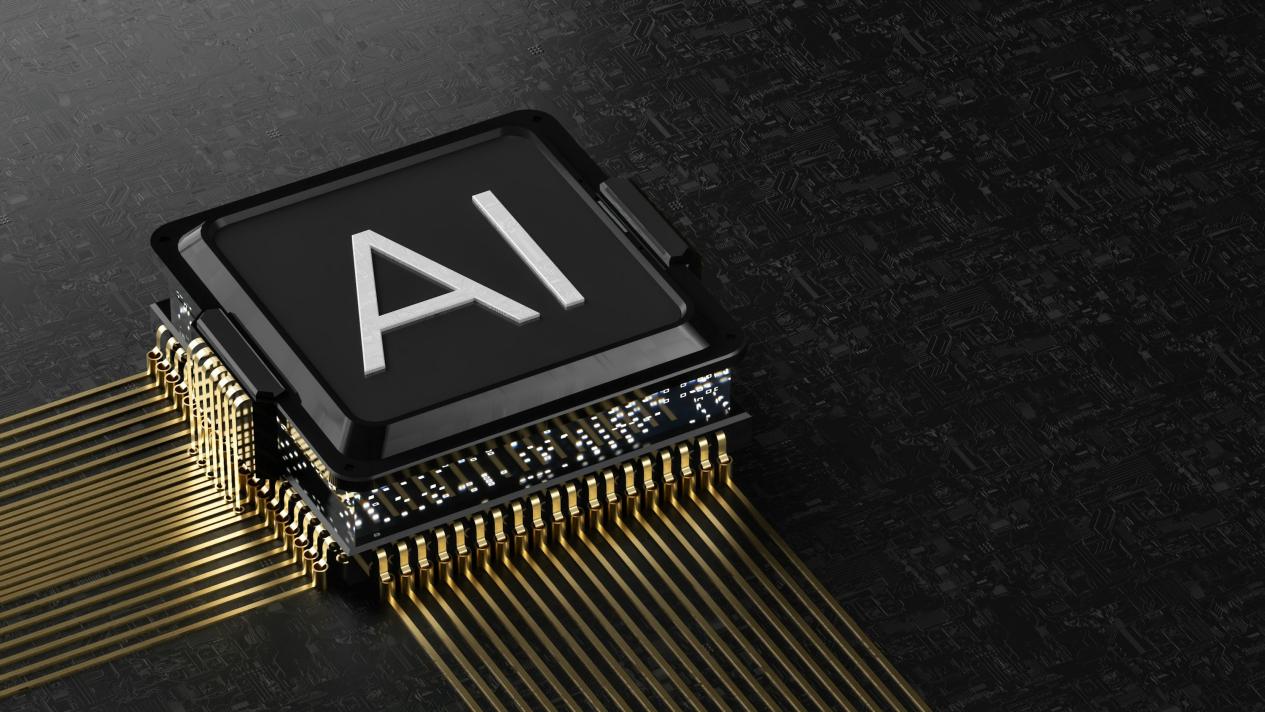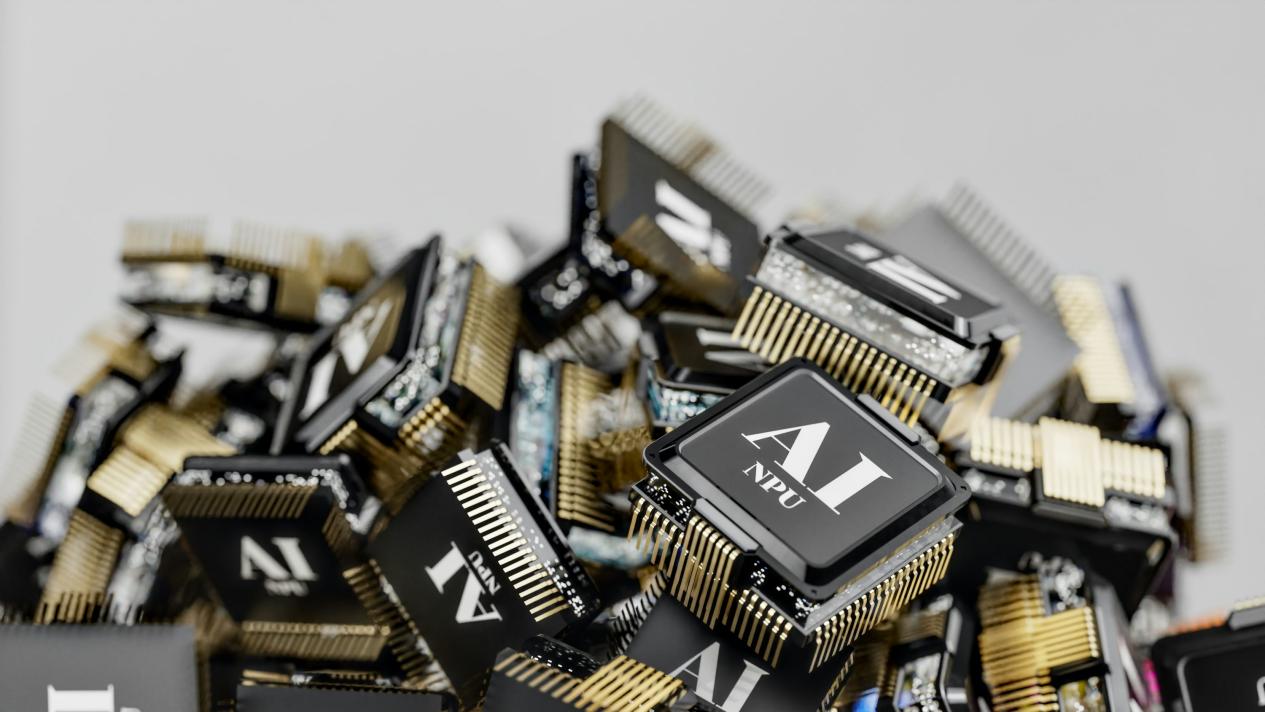The application of microorganisms in space technology is highly anticipated

In the process of extraterrestrial exploration, the potential value of microorganisms is being reassessed. These microscopic life forms, with their unique biological characteristics, are transforming from research objects to important technological carriers for deep space development. The scientific research community gradually realizes that through targeted modification and intelligent regulation, microorganisms can create multiple application values in extreme environments.
The role of microorganisms in closed-loop ecosystems is becoming increasingly prominent. A breakthrough has been made in the transformation of photosynthetic microorganisms, and a university laboratory has successfully constructed an engineered strain that can simultaneously produce oxygen and synthesize organic matter. These microorganisms can not only convert carbon dioxide to maintain gas balance, but also generate basic metabolites, providing material support for long-term space residency.
In the field of water purification, radiation resistant bacterial strains have shown unique advantages. The research team has screened bacteria that can decompose pollutants under extreme conditions, and their secreted enzyme substances can effectively degrade various toxic compounds. This biological purification technology has the advantages of low energy consumption and sustainability compared to physical and chemical methods.

The research and development of bio building materials has opened up a new path. Fungal mycelium is an ideal candidate for space building materials due to its unique structural characteristics. The mycelial composite material developed by a multinational project team exhibits excellent radiation resistance and thermal insulation performance in simulated vacuum environments. By regulating the cultivation conditions, building modules of different densities and strengths can be obtained.
Microbial mineralization technology provides new ideas for the production of extraterrestrial building materials. Specific bacteria can bond loose lunar soil particles into stable structures without the need for high-temperature sintering, greatly reducing energy consumption. Research shows that adding bio adhesives can significantly improve the compressive strength of composite materials, and this in-situ manufacturing technology is expected to solve the transportation problem of materials for extraterrestrial infrastructure.
The current technological system still faces multiple constraints. The metabolic regulation mechanism of microorganisms in microgravity environment is not yet clear, and long-term space exposure may pose a risk of gene mutations. The research team is establishing a space environment simulation platform to systematically study the impact of radiation and gravity changes on microbial function.
The construction of future extraterrestrial ecosystems may rely on multi-level collaboration of microbial communities. By constructing a microbial metabolic network, integrated operation of material cycling, energy conversion, and environmental regulation can be achieved. This biomimetic ecosystem not only supports space exploration, but also provides technical reference for Earth's ecological governance.

From resource development to life support, microbial technology is reshaping the technological paradigm of space exploration. With the deep intersection of synthetic biology and space science, these tiny organisms may write a new chapter in humanity's conquest of the stars. The position of microorganisms in space science may shift from insignificant to exceptionally important. The study of some microorganisms has also made new discoveries for professionals in the field of space technology.
(Writer:Cily)





